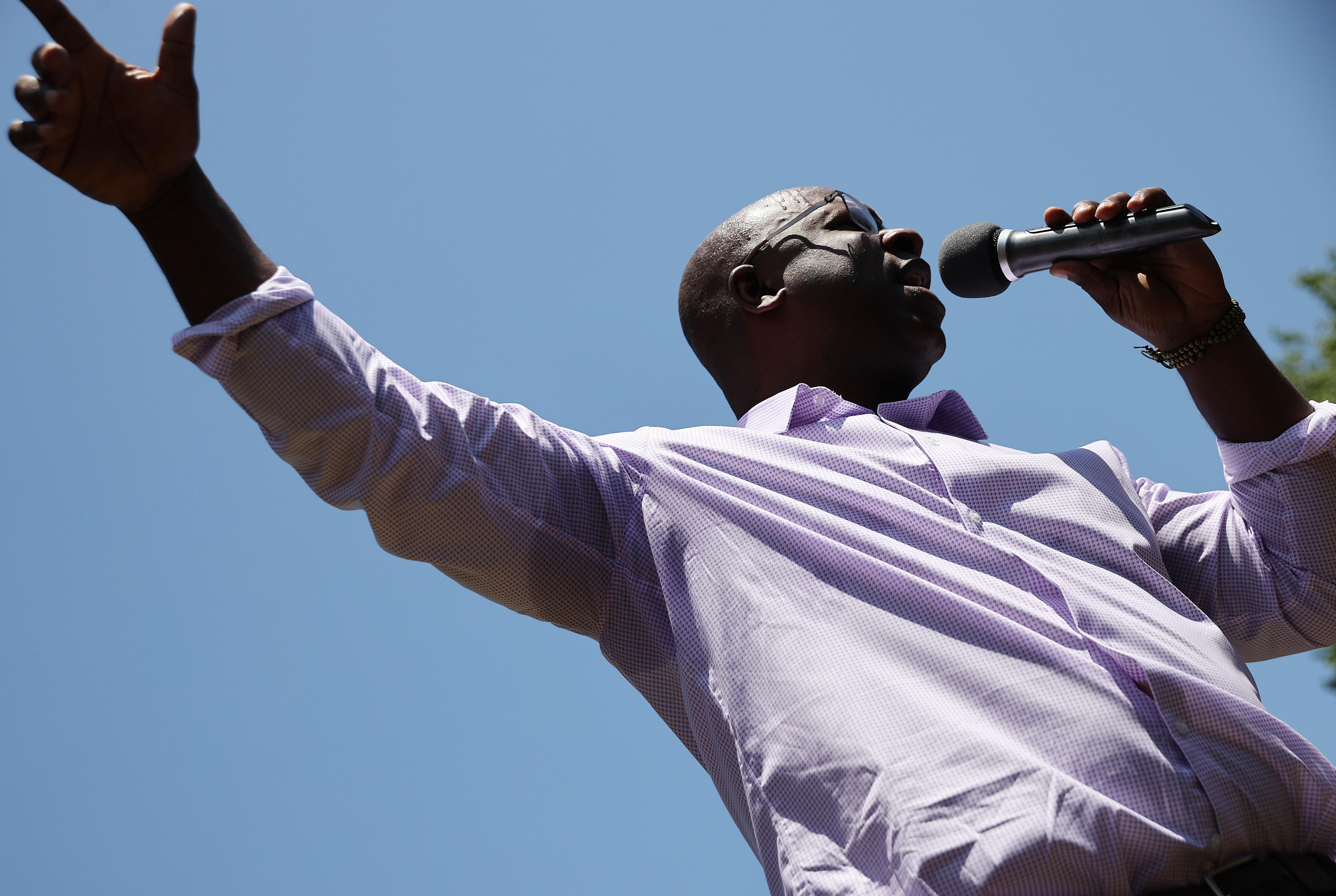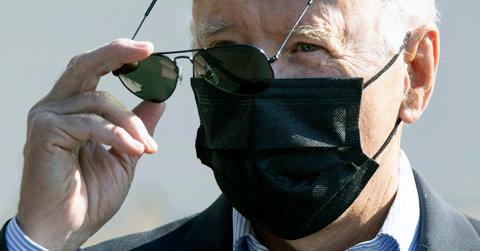Here’s What’s in the $3.5 Trillion Proposed Social Safety Net Bill
While we're waiting on the infrastructure bill to come to light, a $3.5 trillion social safety net bill is moving through the legislative process. What's in it?
Sept. 8 2021, Published 11:23 a.m. ET
If Democrats have anything to do with it, the U.S. will spend a collective $3.5 trillion over the next decade on social policy. The proposed spending comes in the form of a social safety net bill meant to support every American, from birth to death.
This social safety net proposition comes just as pandemic-era aid is dwindling. On Labor Day, a weekly $300 federal supplemental unemployment benefit expired. That followed the expiration of mortgage forgiveness and eviction moratoriums, among other fiscal propulsions.
Congressional Democrats are aiming high with the $3.5 trillion social safety net bill

Rep. Jamaal Bowman (D-NY)
Allocating $3.5 trillion for social policy over the next decade is a big request, but Democrats are asking for it anyway.
Rep. Jamaal Bowman, a democrat from New York, said about the bill, "We’re talking about free or affordable child care where no one pays more than 7 percent of their income; we’re talking about universal pre-K programs with two years of formal instruction; we’re talking about two years of postsecondary education."
Republicans, in response, are declaring socialism in the face of the bill and will undoubtedly respond with a much slimmer social policy bill of their own.
Some of the social safety net bill's biggest asks start with birth
Within the scope of the new bill, Democrats hope to fund paid family and medical leave during pregnancy and for a period of time after a child's birth. From there, it would target the wildly high costs of daycare, universal pre-K, and public education.
According to the bill, the expanded child tax credit (which is currently operational on a temporary basis under the Biden administration) would continue. Free and reduced-price school lunches will also continue.
The social safety net bill goes off to college
Beyond childhood, the bill proposes funding two years of higher education (specifically community colleges) through federal financial aid. As students transition into the labor force, funding in the form of income supplements and workforce training programs will help propel the economy.
Elders get a spot in the social safety net, too
The bill aims to continue helping people as they age by offering funding that would make elder care more affordable. Expansions for programs such as Medicare and dental, hearing, and vision services are also a part of the proposition.
Democrats are hopeful, but will it stick?
Rep. Donald S. Beyer, a Virginia-based Democrat, told reporters, "Many of us feel that this is the biggest opportunity we will have in our careers to do something deeply structural and transformational to our economy."
The social safety net bill is a lofty goal, and it's not without opposition. The $3.5 trillion bill (only a portion of which will be new spending) will undoubtedly transform as it makes its way through the legislative process and passes between party hands. Americans continue to await the infrastructure bill, which is tied to a $3 trillion+ spending plan that targets climate change at its core. Meanwhile, Democrats are pivoting to focus on individuals impacted by economic inequity.

